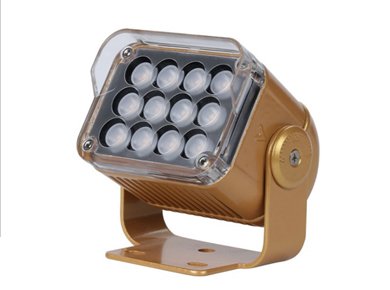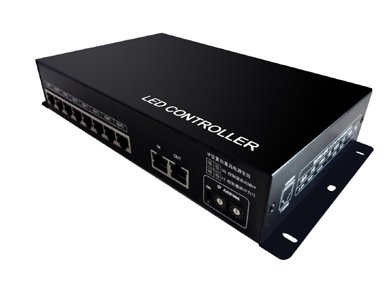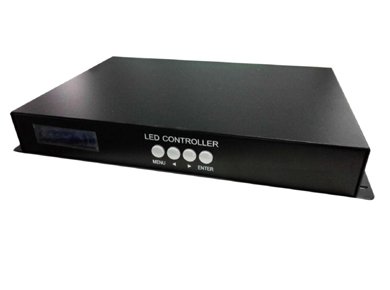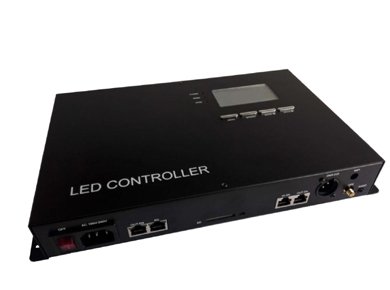With the proliferation of the LED lighting industry LED wall washer lights are being increasingly deployed across various applications. However, challenges persist, leading to scenarios where the energy savings do not justify the costs. Why do we say this? We're all aware that the price of LED wall washer lights remains relatively high. If the product offers poor lifespan and brightness, spending a substantial amount of money on it can be considered wasteful. Here, we aim to discuss some crucial elements to consider when designing LED wall washer lights that everyone can take into account.
Driver Power Supply
Despite the widespread adoption of LED lighting, including
wall washer lights, frustration remains, particularly related to cost-effectiveness concerning energy savings. As we know, LED wall washer lights are relatively expensive, and purchasing products with insufficient lifespan and brightness constitutes a waste of money. The focus of our discussion here revolves around specific design considerations for LED wall washer lights, with a significant aspect being the driver power supply. A driver power supply with high efficiency, low heat generation, and good stability is particularly important for LED lighting products, including wall washer lights. Currently, there are two common solutions: isolated and non-isolated. Now, let's discuss non-isolated driver power supplies.
Non-isolated driver power supplies typically feature wide voltage constant current, which means they accommodate the common market voltage range of 85-265V, along with low power consumption and high efficiency. In certain scenarios, they also require a high power factor, open circuit and short circuit protection, output overvoltage protection, and high-load capacity. Furthermore, parts involving the driver power supply should be designed with safety and physical insulation in mind, even when using non-isolated driver power supplies.
LED Light Source
The light source of LED wall washer lights should also be carefully considered. To achieve a certain brightness level, it's essential to pay attention to the choice of light source. Different beads adopt different designs, leading to varying heat dissipation effects. Naturally, the light efficiency varies as well. It’s impermissible to opt for lower-grade, lower-brightness beads to cut costs. Whether the brightness of an LED wall washer light meets standards entirely depends on the light source.
Heat Sink
The current market's prevalent heat dissipation structure for LED wall washer lights is made of aluminum, which then conducts heat from the bead's aluminum base to the external aluminum for dissipation. Therefore, the purity of this material determines whether an LED wall washer light's heat dissipation meets standards. Poor handling of heat dissipation material can significantly affect the lifespan of LED wall washer lights and impact the quality of light efficiency.



 6W LED module spot light beam ...
6W LED module spot light beam ... 思域EN-402W 说明书 V1.0 (适用A1)
思域EN-402W 说明书 V1.0 (适用A1) 思域EN-508W 说明书 V1.0 (适用于A1)——PC ...
思域EN-508W 说明书 V1.0 (适用于A1)——PC ... 思域SN-500 说明书 V2.2 (适用B2, C2, C ...
思域SN-500 说明书 V2.2 (适用B2, C2, C ...